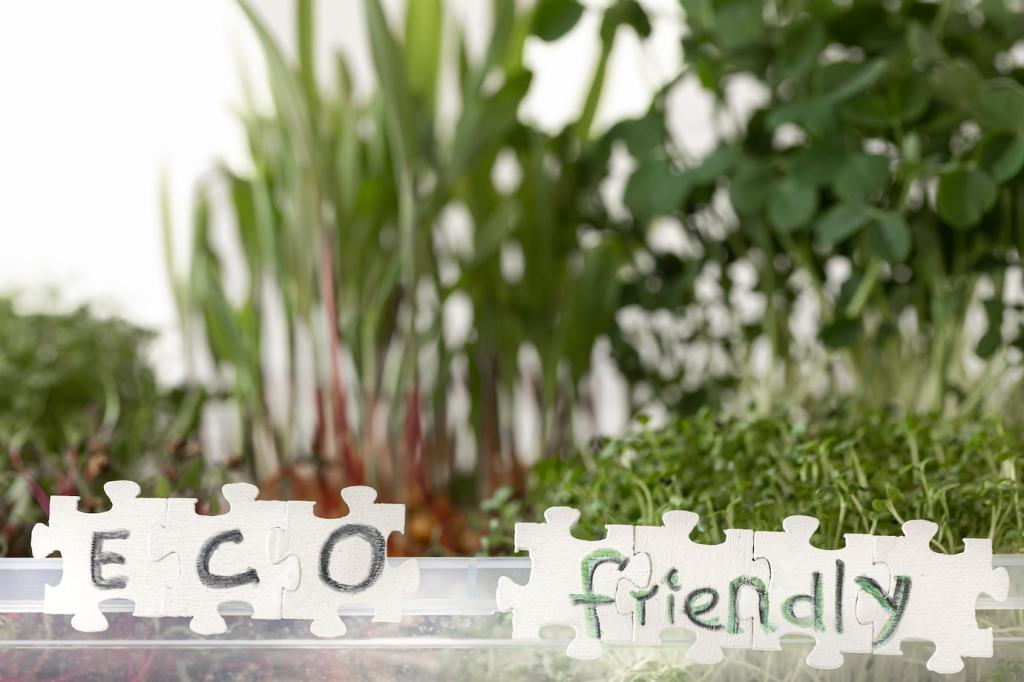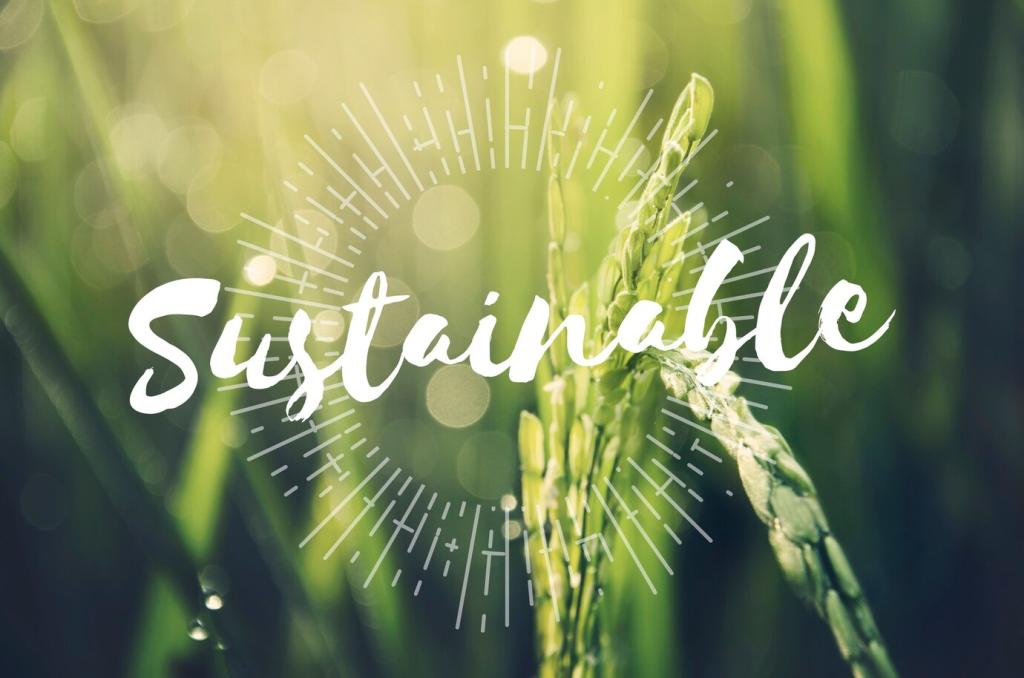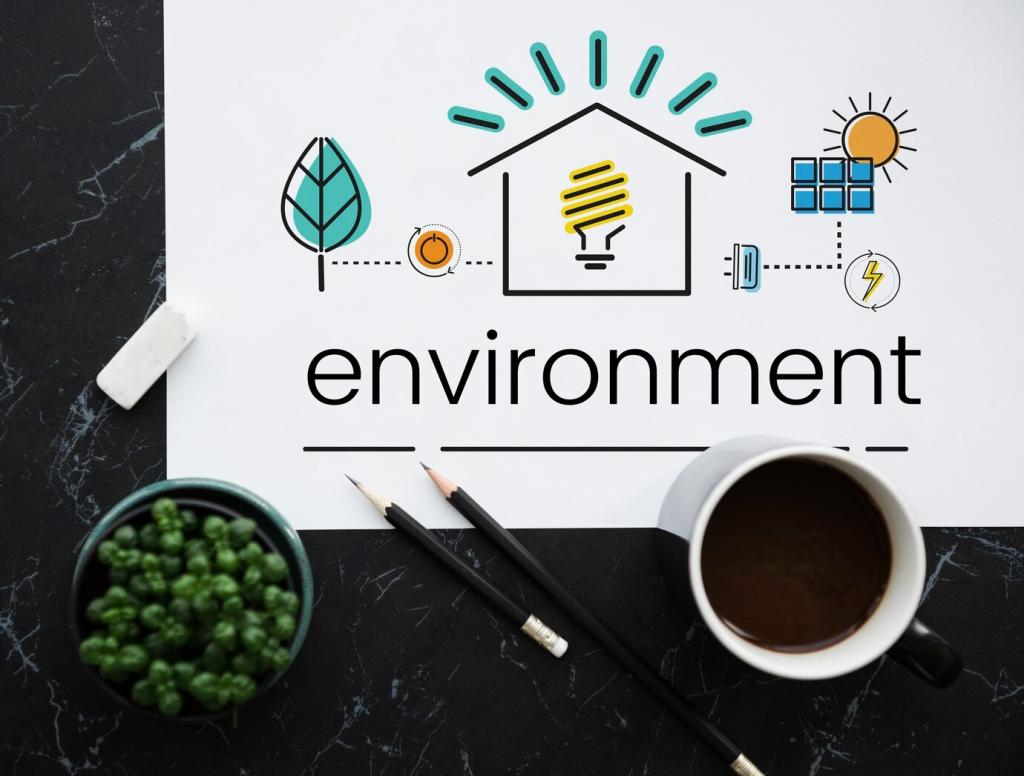Stories from the Workshop
A parent refinished a hand-me-down crib with a plant-based hardwax oil, choosing a weekend with open windows and mild sunshine. No harsh odor lingered, only a warm, beeswax-like scent. Their baby slept soundly that night, and the wood felt velvety.
Stories from the Workshop
In a 400-square-foot studio, a water-based polyurethane saved the day. Quick drying, minimal smell, and crystal-clear sheen preserved maple’s brightness. A box fan in the window set to exhaust was the hero. Share your small-space ventilation tricks with our community.









